I recently received my monthly email update from The Skin Cancer Foundation which contained a request to help increase tanning bed regulation by sending an email to your Congressional representative about a bill that is going before Congress this month. It turns out it is super easy to help get this cause the recognition and support it desperately needs.
Why You Should Support Stricter Tanning Bed Regulations
According to The Skin Cancer Foundation :
Indoor tanners are 74 percent more likely to develop melanoma than those who have never tanned indoors. Yet the U.S. Food and Drug Administration (FDA) currently regulates tanning beds the same way as gauze, bandages, and tongue depressors.
Tanning bed users have 2.5 times the risk of squamous cell carcinoma and 1.5 times the risk of basal cell carcinoma. These nonmelanoma skin cancers (NMSC) are the two most common skin cancers, and both can be highly disfiguring if not caught and treated in a timely manner. Basal cell carcinoma (BCC), the most common form of skin cancer, affects over a million Americans annually. Squamous cell carcinoma (SCC) can metastasize if not caught early; approximately 2,500 people in the US die every year from SCC. People with a history of NMSC face twice the risk of developing other malignancies, like lung, colon, and breast cancer.
The tanning industry relies on two misleading arguments: first, that since melanoma is mainly caused by sunburn, “controlled” tanning helps prevent melanoma by building up the protective pigment melanin; second, that UV exposure makes the skin produce vitamin D, which helps prevent breast, prostate and colon cancer, as well as other diseases.
Medical experts refute these arguments. They point out that our diet (especially vitamin D-rich foods such as dairy products and salmon) generally provides all the vitamin D we need. Furthermore, tanning to increase melanin is counterproductive. Tanning, like burning, causes genetic damage to skin cells. “You can’t protect the skin by damaging it,” said James M. Spencer, MD, director of dermatologic surgery at Mount Sinai Medical Center in New York City. “Tanning not only increases the risk for melanoma and squamous cell carcinoma, but accelerates skin aging.”
There have been several attempts made to regulate the industry, by physician groups as well as state and national congresspeople and the World Health Organization, with limited success. The FDA is weighing stricter controls over tanning devices, but has not yet instituted any changes. The tanning industry has fought all of these measures. “Tanning manufacturers and salon owners keep lobbying the FDA and state agencies to soften regulations, claiming that tanning is healthful,” said Dr. Spencer.
The Bill Before Congress
The bill that is going before Congress at the end of the month asks the FDA to look at the classification of tanning beds and reclassify them as dangerous to consumers. That’s it. So far there is no bill that calls for a ban on tanning beds.
What You Can Do
Simply fill out this online form on The Skin Cancer Foundation website. It literally takes 30 seconds to do this. After you’ve filled in your information the site automatically fills in the name of your representative. Then you send the email. Very, very simple. I even received a reply from my congresswoman that her office had received my email the same evening that I sent my email letter.
Please share this information with friends and family. It can save lives!
For more information about the dangers of indoor tanning please see this page on The Skin Cancer Foundation website.


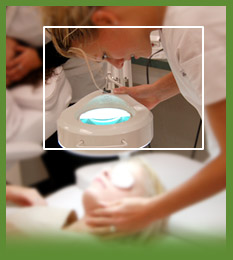

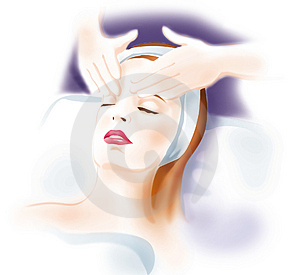
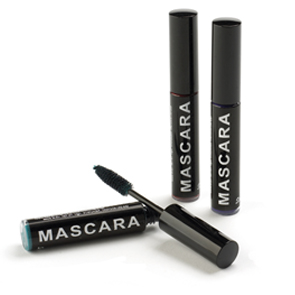
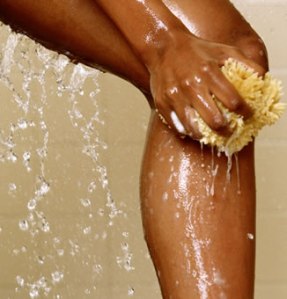
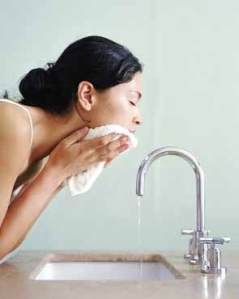


Recent Comments